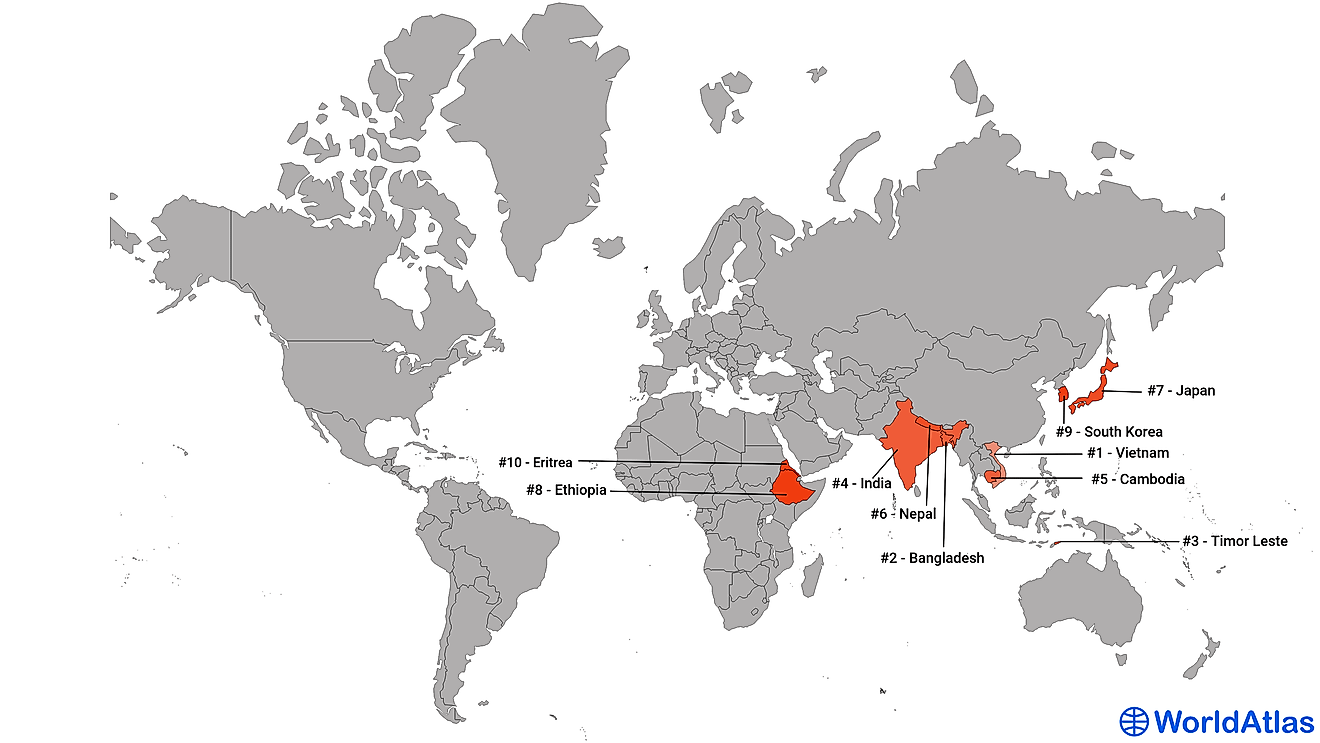States With The Largest Illegal Immigrant Population

Current Environment for Immigrants In America
One of the 2016 candidates for the U.S. Presidency announced his plan for a large-scale deportation of all illegal immigrants. The following day, statistics released showed a lack of any possible benefits from such a forced mass exodus of millions of people. The argument about the growth of unemployment caused by immigrants, and their role in worsening crime and national security, turned out to be far-fetched. The number of immigrants has increased in terms of absolute figures, but not in historic proportions. At the beginning of the 20th Century, the US population was less than half of today's figures. According to the US Census Bureau, in the first decade of the Twentieth Century, the population of foreign origin, those who came and stayed in the country, was around 15 per cent of the total population, whereas now it is around 11.5 percent. So immigration increases seen in relation to the population born in the US is a more accurate indicator. In this sense, the net migration has decreased in relative terms. A wave of immigration in the United States from the early 20th Century took place in conditions of almost bottom unemployment, and ran alongside high economic growth.
Immigration and Unemployment
Many studies have shown that even among low-wage professions, immigrants do not cause unemployment among US citizens. According to the nongovernmental organization the Immigration Policy Center, a feeble relationship exists between U.S. immigrants and U.S. unemployment rates. In the United States, two other notable trends seen nowadays, namely an increasing of the level of education in general and the aging of the population, have instead been those which have led to a decline in the number of Americans ready or willing to take low-paying jobs. According to US Bureau of Labor statistics released in 2014, around 26 million people of foreign origins, which amounts to 17 percent of the workforce, worked in various positions in the United States. Immigrants most commonly became employed in the service sector, while other US citizens tended to be more likely to occupy managerial positions and to be working in high tech sectors, as well as filling office jobs. In that respect, it is a fallacy to say that immigrants are taking away native-born Americans' chances at high-paying jobs.
Role in the Labor Force
To deal with low-skilled job vacancies, employers tend to hire immigrant workers. Moreover, employers get advantages using this source of labor and shorten their pay, so also to deny social benefits of workers arriving in the country without legal status. But largely the results of this process are seen to benefit the American consumers who enjoy the relatively low prices of goods and services produced by undocumented immigrants. Immigrants' production levels create new jobs and new businesses, and this trend became increasingly noticeable in recent years with the advent of the high-tech industry.
Illegal immigration Not Correlated With Crime Rates
According to several statistical agencies in the United States between 1990 and 2010, the crime rate has dropped by almost 45 percent, and thefts of property fell by 42 percent, while the number of illegal immigrants during this period increased more than threefold. In the last twenty years, the overall level of crime in the 19 countries with highest levels of incoming immigration fell by 14 percent, compared with a 7 percent fall in the next thirty on the immigrant-preferred countries list.
An Vital Component of American Culture and Economics
American economic endeavors employing immigrants generated $67 billion in sales in 2015 and created around 540,000 jobs. Therefore, if the entire mass of undocumented workers currently living in the United States was removed, the US economy would lose a substantial portion, commensurate with the volume of annual gross domestic product contributed by the state of Texas. The immigration policy considered by some in the government aimed at the capture, detention of up to 30 days, trial, and deportation of illegal immigrants, which would cost billions of dollars and take several years, would withhold the economic growth in the United States. The country will be deprived of people who are making a daily contribution to the US economy and have long-standing ties with the country. Illegal immigrants pay taxes every time they buy gasoline, clothing, or new electronics. When immigrants are renting an apartment or house, they also fill up the budget for the property tax, which is the main source of school funding in many areas. By the estimates of the US Social Security Administration in 2015, illegal immigrants and their employers paid $14 billion in payroll taxes. The mathematical calculation suggests that losses from deportation surpass even the modest forecast in the economic benefits of deporting those illegal immigrants remaining in the U.S., despite these being people who have not yet received an official status. In 2013, the Federal government deported about 72,000 foreign-born parents whose children were born in the United States. Those children, even if they are not going to live in the United States despite still holding citizenship, will have to wait until they reach 21 before they can apply for their parents to rejoin them in the United States. This is a long process with a large number of bureaucratic delays. From this information it's clear that mass deportation proposals looks defective, both on paper and in practice.
States With The Largest Illegal Immigrant Population
| Rank | State | Estimated population |
|---|---|---|
| 1 | California | 2,930,000 |
| 2 | Texas | 1,640,000 |
| 3 | Florida | 980,000 |
| 4 | Illinois | 550,000 |
| 5 | New York | 540,000 |
| 6 | Arizona | 500,000 |
| 7 | Georgia | 490,000 |
| 8 | New Jersey | 430,000 |
| 9 | North Carolina | 370,000 |
| 10 | Washington | 280,000 |
| 11 | Other states | 2,950,000 |
| 12 | All states | 11,555,000 |











